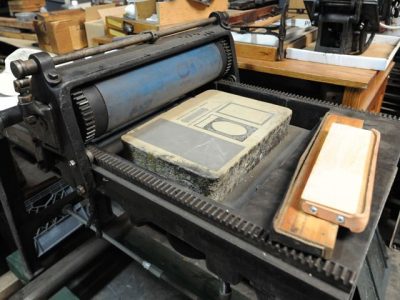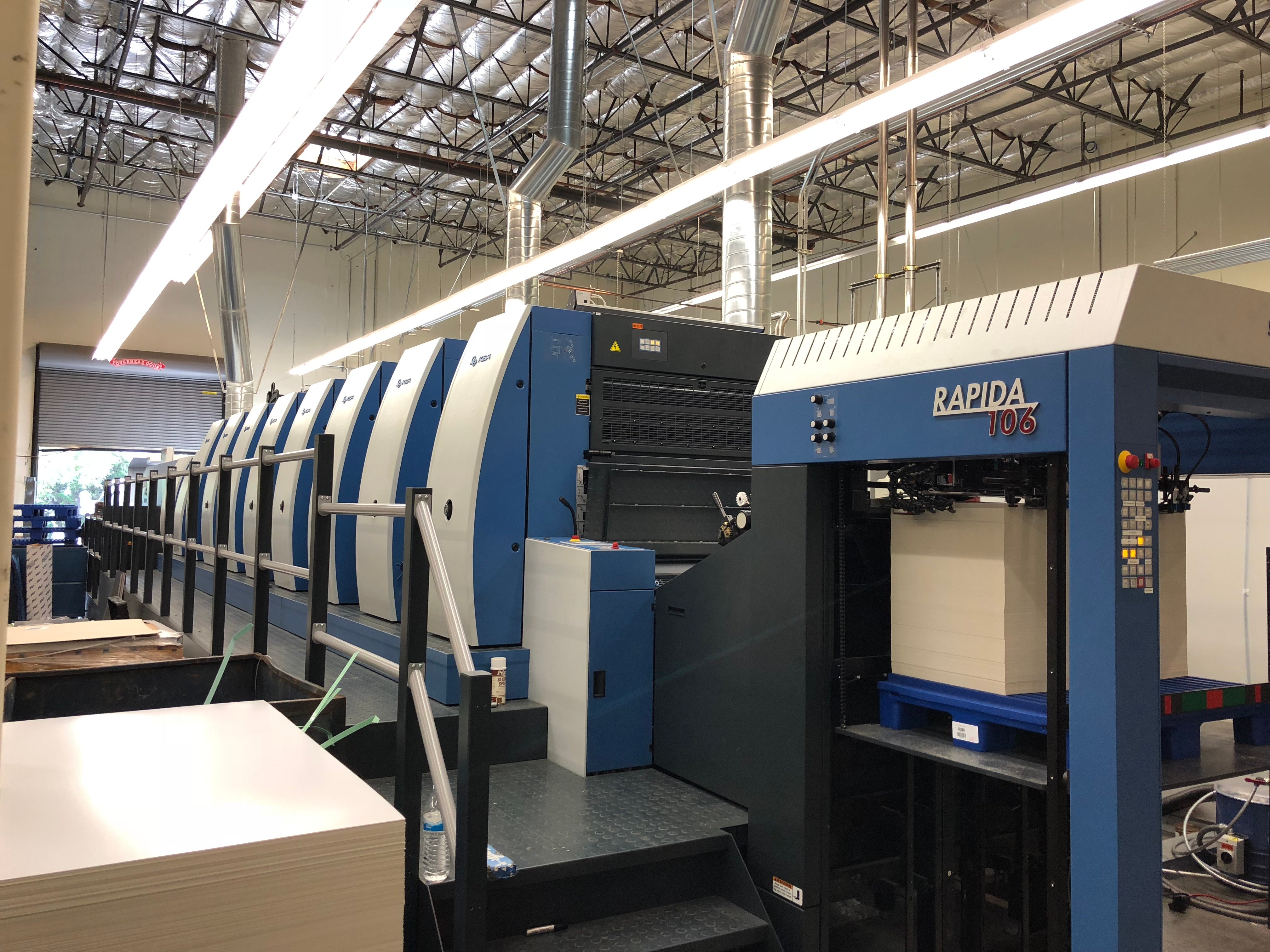Everything You Need to Know About litho printing
Everything You Need to Know About litho printing
Blog Article
A Comprehensive Guide to Recognizing Litho Printing Techniques
The world of litho printing, a technique originating from the late 18th century, is a fascinating blend of background, science, advancement and art. Stay with us as we journey right into the exciting world of litho printing.
The Historic Advancement of Litho Printing
The historic trajectory of litho printing, a critical technology in the world of communication, is a captivating story of human resourcefulness. Birthed in the late 18th century by Alois Senefelder, this strategy was initially a cost-effective technique of releasing theatrical jobs. Lithography, acquired from the Greek words for 'rock' and 'to compose', utilized a smooth rock surface to move pictures onto paper. The process developed with the arrival of the rotating press, which considerably raised performance (litho printing). In the 20th century, the advancement of balanced out lithography revolutionized the sector, enabling for automation of premium prints. Each phase of litho printing's evolution showcases humanity's unrelenting pursuit of performance and high quality in visual communication.
Deciphering the Science Behind Litho Printing Inks
Progressing in the exploration of litho printing strategies, the emphasis now changes to the science behind litho printing inks. The composition of these inks, their drying out process, and shade mixing strategies form the foundation of this complicated art form. Recognizing these aspects is important to mastering the craft and attaining the desired print outcomes.
Composition of Litho Inks
In lithographic printing, the essential role of litho inks can not be overstated. Pigments, the color-providing aspects, are carefully ground fragments put on hold in the lorry, a liquid that lugs the pigment onto the printing surface area. Each component plays an important part in the final print's high quality, making the exact solution of litho inks a detailed science.
Ink Drying Process
From the structure of litho inks, interest transforms to the fascinating process of ink drying. The drying process is important, as it impacts the final print's high quality and durability. Two primary techniques are utilized in litho printing: oxidative drying and absorption. Oxidative drying out involves the ink reacting with oxygen in the air to form a difficult, dry movie. This technique offers a long lasting coating, but can be slower compared to absorption. Absorption, on the other hand, involves the ink permeating right into the paper fibers, which is a much faster procedure however can result in less dynamic colors. The choice between these techniques is dependent upon aspects such as print speed demands, the paper kind made use of, and the preferred surface.
Shade Mixing Strategies
While the drying process plays a key function in litho printing, the scientific research of shade mixing techniques holds equivalent importance. The science behind litho printing inks also takes right into account the openness of the ink, which influences exactly how shades overlay and mix.
The Art and Style Elements in Litho Printing
Litho printing takes a breath life into art and design via its one-of-a-kind components. Litho printing fits a range of shades, allowing artists to develop dynamic and dynamic prints. This combination of precision and flexibility makes litho printing a preferred selection for lots of artists and developers.
Modern Applications of Litho Printing Strategies
Litho printing strategies have actually located extensive usage in the contemporary business industry. Its impact and value remain to expand with the advent of brand-new innovations and modern technologies in the field. This area will explore these contemporary applications and the transformative function they play in the printing market.
Business Litho Printing Uses
In today's electronic age, one might question the significance of typical printing methods. Yet, litho printing continues to be a vital part of the industrial industry. High-volume printing jobs, such as the production of publications, newspapers, and packaging, depend on litho printing for its capability to supply premium picture high quality and price efficiency. The procedure, which includes moving an inked photo from a plate onto a rubber blanket and after that to the printing surface area, offers unparalleled uniformity. This makes it perfect for work needing a weblink big print run. Litho printing likewise supplies a wide color range, above that of digital printing. This makes it the go-to option for jobs that require dynamic, top quality color reproduction.
Technologies in Litho Printing
Pushing the boundaries of typical strategies, contemporary developments have actually fueled a host of developments in litho printing. These advancements have not only improved the high quality and effectiveness of litho prints but also increased its application extent. One noticeable growth is digital litho printing, which combines the merits of digital modern technology with litho's high-quality result. This crossbreed design offers faster arrangement times, lowered waste, and makes it possible for on-demand printing. One more noteworthy advancement is the intro of eco friendly inks. These inks, made from vegetable or soy-based remedies, have substantially minimized the sector's environmental influence. litho printing. In addition, the advancement of sophisticated plate innovation has streamlined the printing process, resulting in sharper images and boosted shade fidelity. These technologies emphasize the long-lasting relevance of litho printing in the contemporary globe.
Exploring the Refine of Litho Printing: Action by Step

Difficulties and Solutions in Contemporary Litho Printing

Regardless of the precision and custom that litho printing happily upholds, it is not without its set of modern obstacles. The most prevalent problems include the high initial setup cost, trouble in printing variable information, and environmental worries because of chemical use. However, options are emerging as modern technology advances. Digital litho printing permits cost-efficient short runs and easy personalization, resolving the issue of variable information. Environmentally-friendly inks and much safer plate-making procedures mitigate environmental worries. In addition, innovations in automation have lowered labor expenses, better equalizing the lithography process. Therefore, while there are obstacles, the litho printing sector is proactively adapting to fulfill them head-on, ensuring its significance in the future.
Final thought
In final thought, litho printing, with its abundant background and scientific details, holds a considerable area in the print sector. The future of litho printing hinges on its ability to adjust to these altering needs, attesting its enduring value in an evolving market.

Report this page